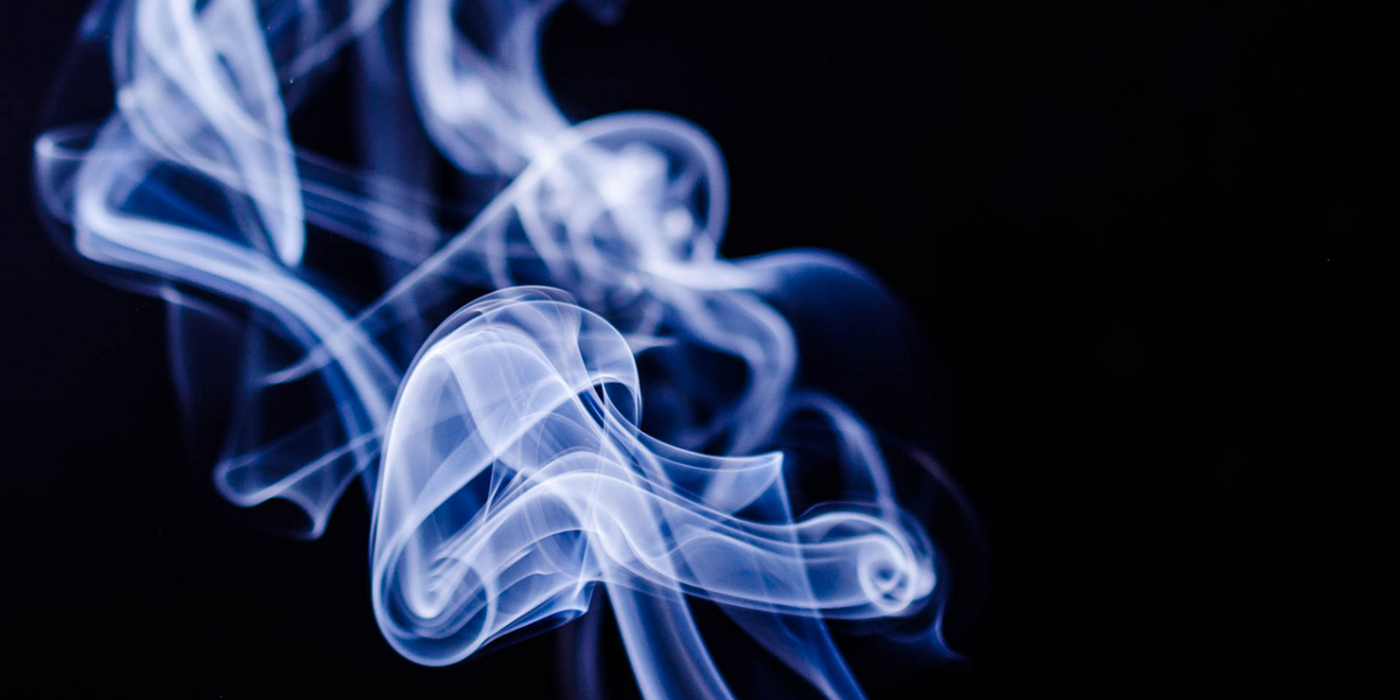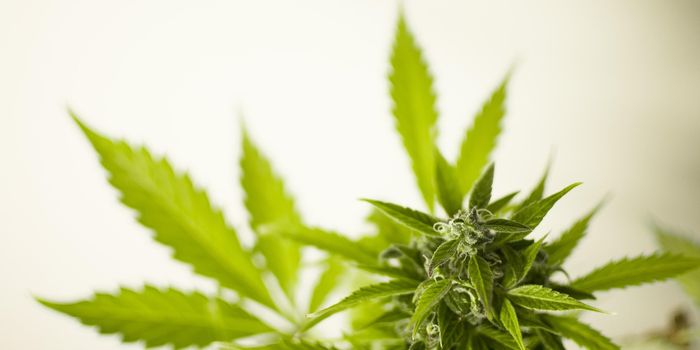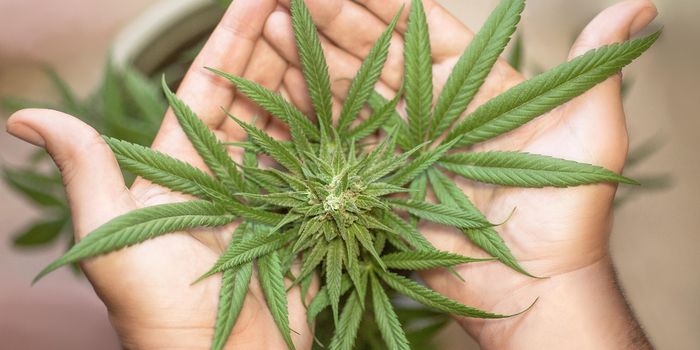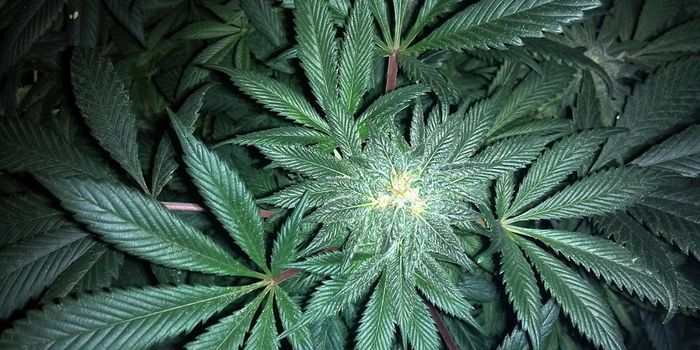Ozone Reacts with THC in Thirdhand Cannabis Smoke
Researchers from the University of Toronto have found that ozone, a component of outdoor and indoor air, reacts with tetrahydrocannabinol (THC), the psychoactive compound in cannabis.
Whereas secondhand smoke is exhaled by a person smoking, thirdhand smoke is the residue from secondhand smoke left on surfaces. While much is known of the effects of thirdhand tobacco smoke, the effects of that from cannabis remain relatively unknown. As such, the researchers wanted to investigate how THC deposited on common surface materials degrades from contact with air.
For their study, they conducted several experiments. In one, they coated glass and cotton cloth with a THC solution to simulate windows and clothing. They later exposed the surfaces to concentrations of ozone that might exist in indoor air. In other experiments, they used a smoking machine to deposit cannabis smoke onto cotton before again exposing the surfaces to ozone.
Using liquid chromatography-tandem mass spectrometry, they found that while the amount of THC on both the glass and cotton decreased over time, quantities of three THC oxidation products increased- epoxide, dicarbonyl, and secondary ozonide THC. The ratio of these products was relative to humidity at the time of measurement.
“The observed reaction kinetics for loss of THC on glass and cotton surfaces are consistent with a relatively short loss lifetime, which will be strongly dependent on the film thickness, ozone mixing ratio, and ozone reactivity of the surface substrate.” write Aaron Wylie and Jonathan Abbatt, the researchers behind the paper.
In conclusion, the researchers say that due to the low volatility of THC and its oxidation products, the compounds are unlikely to be emitted into the air once deposited from thirdhand smoke. This means they are unlikely to be inhaled, as can happen with nicotine. However, they mention that people may still be exposed to THC and its derivatives from thirdhand smoke, especially if they lick their fingers after touching a contaminated surface.
Sources: Environmental Science and Technology, ACS









